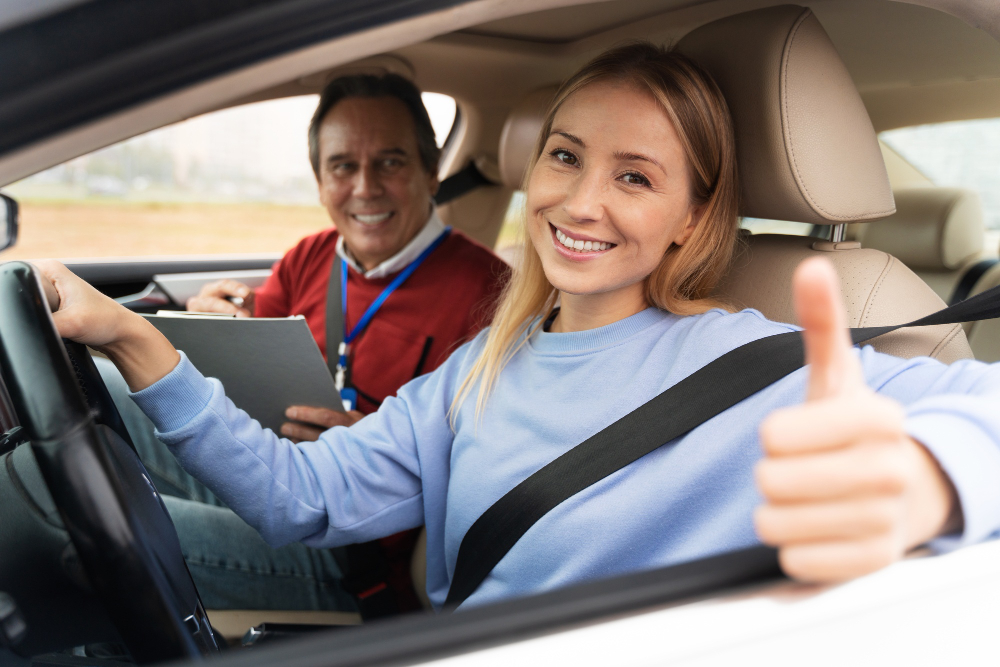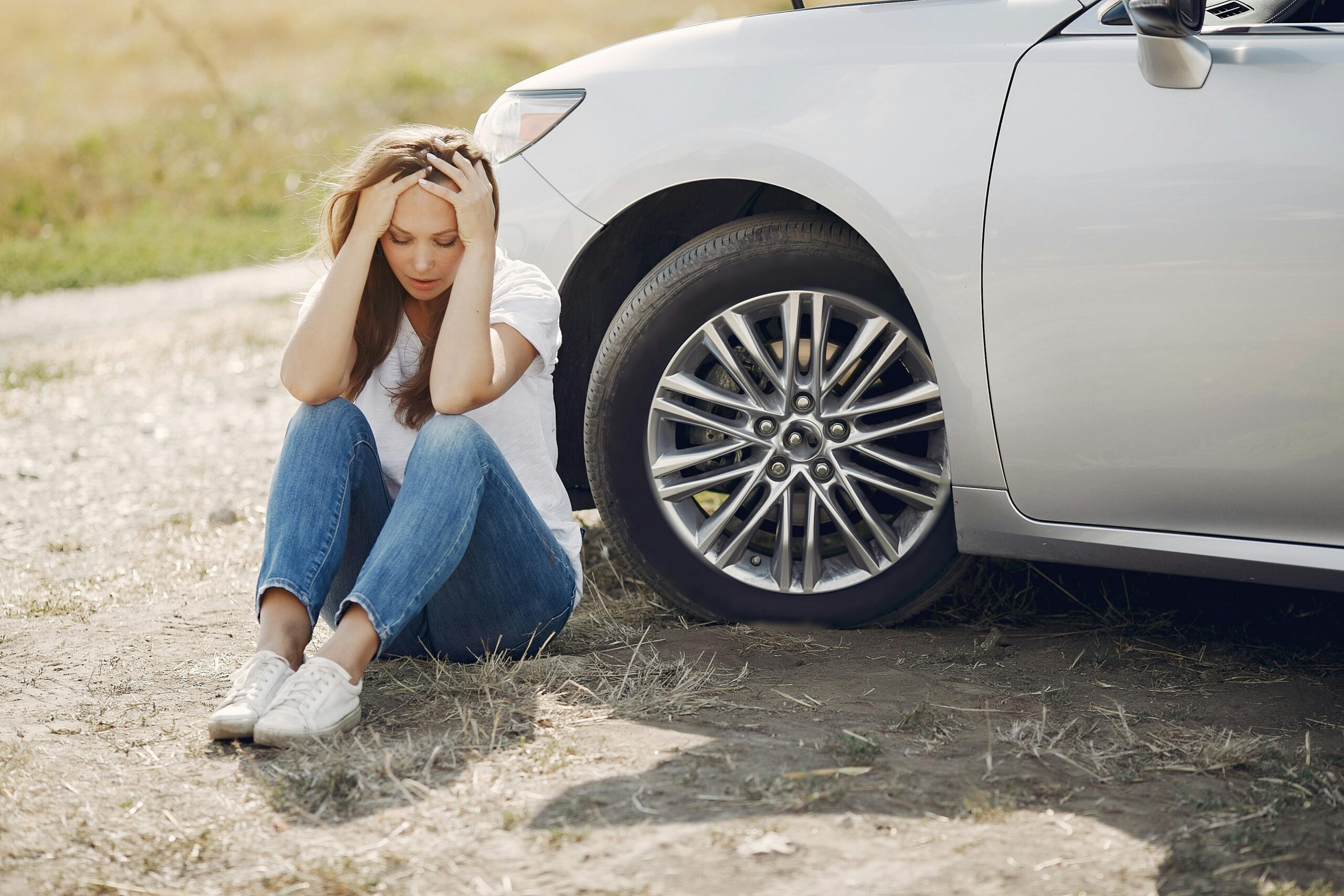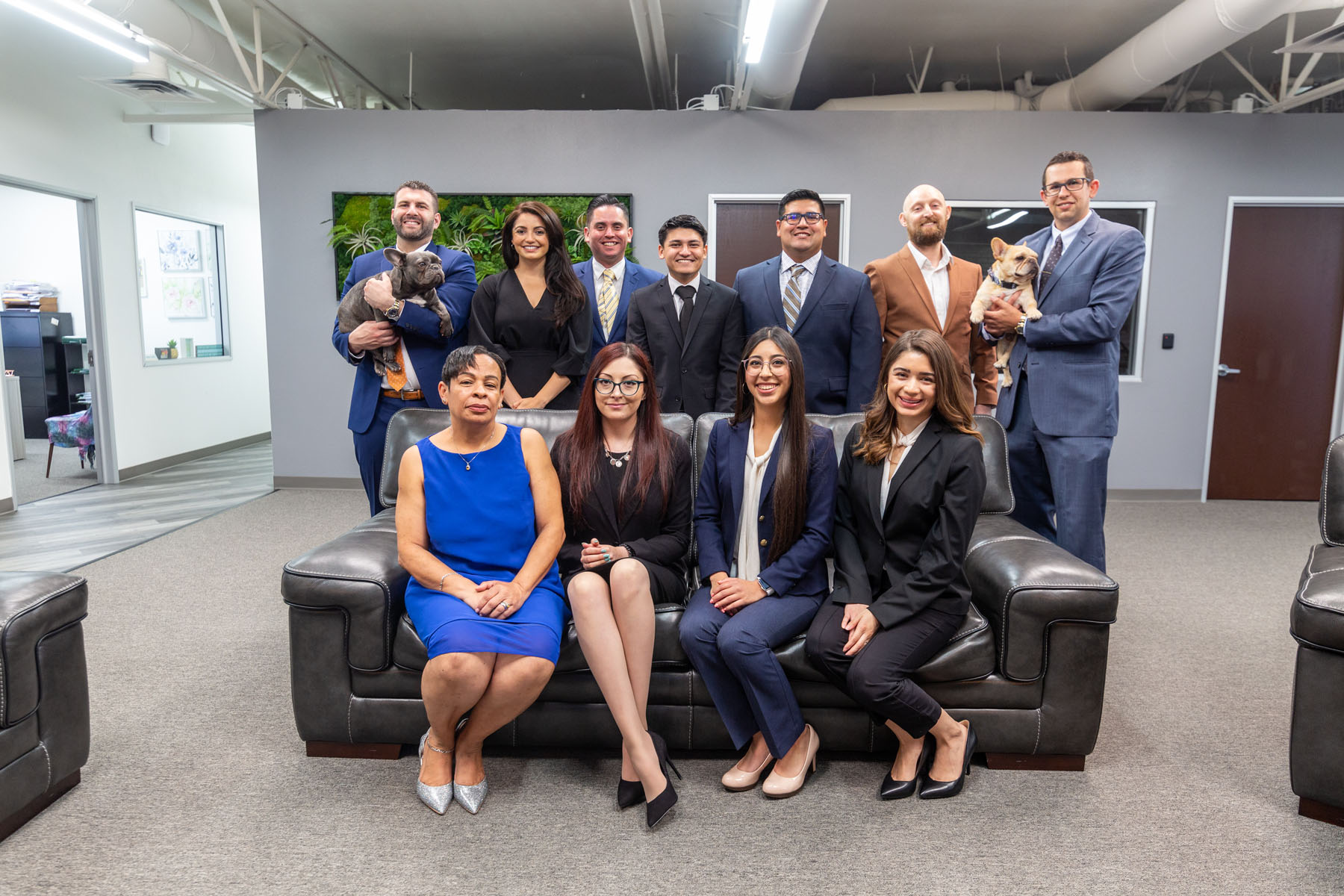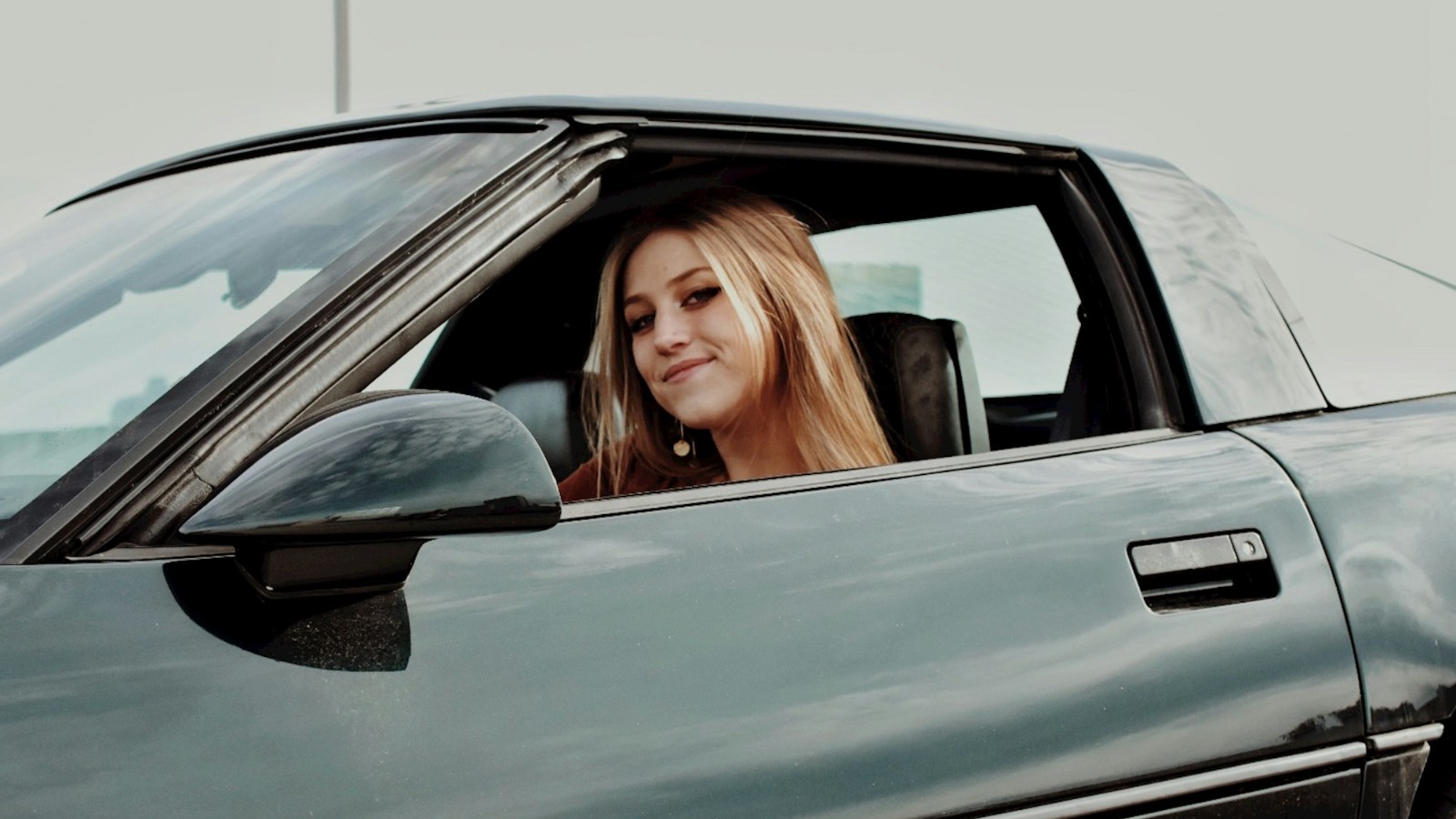Teen drivers aren’t experienced, and they aren’t ready for the same level of responsibility on the roads as adults. Teen driving laws limit their driving privileges in an effort to make everyone on the roads safer. There’s no substitute for experience but following the legal system and gradually expanding on a teen driver’s privileges can help them adapt to driving while learning about the hazards of the roads.
Teen Drivers Have the Highest Average Annual Crash and Traffic Violation Rates
Teen driving has been a concern across the nation for a long time. Teens carry the greatest risk for traffic crashes, and road accidents are the leading cause of death for teenagers. The number of teen deaths from traffic accidents has declined since the 1970s, but the number of crash fatalities is still much higher than it is for other age groups. Males and females aged 16 to 19 years of age commit more traffic violations than any other age group. These violations often lead to crashes. The fatal crash rate per mile for this age group is about three times the rate for those aged 20 and older.

Getting a Driving Permit in California
Before teens become drivers, they must obtain a driving permit. The state requires minors under the age of 18 to have an application signed by their parent or legal guardian to apply for a permit. The minimum age for applying for a driver’s permit is 15-1/2. Any applicant between the ages of 15-1/2 and 17-1/2 must prove they completed driver education or that they are currently enrolled and participating in an approved integrated driver education or driver training program. Although applicants who are 17 and a half aren’t required to take driver ed, they must wait until they are 18 to get their driver’s license.
Teens must pass the knowledge test before obtaining a permit. If they fail, they must wait seven days after the day they failed the test to retake it.
A teen’s driving permit isn’t valid until they begin driver training. It requires the signature of a driving instructor to validate it. Teens are required to practice driving with a licensed California driver, parent or guardian, instructor, spouse, or other licensed adult aged 25 or older. They must sit close enough to the teen to take control of the vehicle any time it becomes necessary. A provisional permit doesn’t allow teens to drive alone at any time, including to the appointment at the DMV to take their driving test.
California enacted teen driving laws in 2006 that restrict what drivers under the age of 18 can do. The state now requires teens under the age of 18 to have provisional license restrictions. The provisional license limits how and when they can drive for the first 12 months of driving. The provisions include:
The driver must be accompanied by a parent or guardian with a driver’s license, an instructor, or another licensed driver who is no less than 25 years old whenever:
- They are carrying passengers who are no older than 20 years of age
- They are driving between 11 p.m. and 5 a.m.
Also, drivers under the age of 18 cannot use their cell phones to text or talk while driving – even in hands-free mode. Texting while driving has become a leading cause of fatal crashes, most of which involve drivers under the age of 20. The most frightening aspect of this problem is that many teens continue to use their cell phones while driving anyway. One exception to this law is that teens can use a cell phone to contact emergency services in the event of an emergency.
There are exceptions to the provisions under specific circumstances and when the teen has a signed note explaining the exception and what date it will end. They are as follows:
- For medical-related transportation when reasonable alternatives aren’t sufficient. This exception requires a signed note from a doctor.
- For school or a school-related activity. This exception requires a signed note from the school principal or another school official.
- For a job when they must operate a vehicle as part of their employment. In California, minors under the age of 18 are not permitted to work as a driver for pay or to drive a school bus carrying students. This exception requires a signed note from the teen’s employer.
- For the teen’s need or that of an immediate family member. This exception requires a signed note from a parent or guardian.
- Emancipated minors that are already declared as such to the DMV and who have proof of financial responsibility do not require any documentation. These are teens who have assumed adult responsibilities prior to reaching the age of adult.
One gray area that is left to the discretion of officers is emergencies. Other than the exception for cell phone use, teen driving laws in California don’t specify when a teen can drive in the event of an emergency.
Applying for a Provisional Driver’s License
Once you have your provisional permit for at least six months, you can apply for a provisional driver’s license. To apply, teens must be at least 16 years old and have proof that they completed both driver education and driver training.
The teen must provide their parent’s or guardian’s signature on their instruction permit, which certifies they have completed 50 hours of supervised driving practice. California also requires that 10 hours of this requirement consists of night driving. There is also a nonrefundable application fee, which remains valid for 12 months. If the applicant doesn’t meet the requirements within that time, they can reapply during that period without paying another fee.
Applicants must pass multiple knowledge tests and a driving test. After three attempts, they must reapply. If they pass, they will receive their provisional driving license.
The state imposes stricter teen driving laws on those with a provisional license. The state adds points to a teen’s driving record for every violation. When a teen receives two or more points within one year, a 30-day restriction is placed on their license. If they receive three or more points, the penalty is a six-month suspension and one-year probation. Violating the probation can result in the suspension being extended beyond the teen’s 18th birthday. They might also receive fines or have community service hours imposed for violating some types of provisions.
How Do I Know My License Is Provisional?
Look just below the photo to the left. If the license is provisional, it will list the date that restrictions began. Some restrictions end one year from the date listed. The driver has the option to pay an additional fee and get a new license without the provisional date on it once they reach 18.
Provisional licenses also apply to motorcycles, Usually, those don’t allow teens to carry passengers and they can only ride during daylight hours. They are also prohibited from riding on any freeway.
Are Stricter Teen Driving Laws Working?
Teen driving laws in California are meant to prevent situations from arising that can lead to accidents. But several other factors make teen drivers a higher risk on California’s roads and highways. It also isn’t a problem that is limited to one state. Teen accidents and fatalities are a lingering issue in every area of the nation.
All 50 states use some form of graduated driver licensing system. They allow teens to get their initial driving experience under conditions that are lower risk. Then, they gradually introduce them in stages to more complex driving situations.
These programs do help reduce the number of teen car accidents. But the problem is that both parents and drivers must comply to make them work. It isn’t just inexperience at driving that makes teens more likely to cause crashes. Teens simply don’t have the same mindset and thought processes as older adults. Some reasons they are more accident-prone include:
- Risk-Taking – It isn’t unusual for teens to feel invincible, and to be always looking for the next thrill. They have a lot more confidence in their driving skills than they should. That makes them more likely to speed, tailgate, run red lights, and violate traffic signs and signals. These and other risky behaviors lead to accidents.
- Carrying Passengers – The only thing more exciting than getting your new driver’s license is taking your friends for a ride. The risk of an accident rises significantly when they have passengers. The more passengers they carry, the greater the risk. Cell phone use is the most common form of distracted driving today. But passengers can easily distract an inexperienced driver long enough to cause an accident. They also tend to increase other risky behaviors.
- Driving at Night – While teen driving laws in California require 10 hours of night driving, that’s little time to master the added risk. There are also issues like sleep deprivation and recreational driving that make night driving more dangerous than driving during the day.
- Low-Risk Perception – In other words, teens don’t recognize dangerous situations for what they are. They might overestimate their ability to handle a hazardous situation or avoid threats.
- Not Wearing Seat Belts – In spite of their exposure to the statistics on how seat belts save lives, teens are not buckling up as often as older drivers.
- Recreational Driving – Teens commonly use alcohol and drugs while driving and this plays a big role in the number of serious crashes. Fatalities related to recreational driving often involve teenage drivers. Although teens tend to believe they can “handle their liquor”, they’re more likely to be in an alcohol-related crash with the same amount of alcohol in their system as older drivers.
Teens who break the law to engage in risky behaviors like drinking and using drugs aren’t likely to worry about obeying teen driving laws. Their biggest worry is that they will get caught. Too often, that doesn’t happen until a wreck causes someone to lose their life.

Who Is Liable When a Teen Causes an Accident?
When a teen is driving with a provisional license, their parents or guardian are liable for the teen’s acts. The adult who signed for them to get a provisional license accepted responsibility when they signed the application. That means parents can end up facing significant financial liability for other people’s injuries and damages. In California, the following monetary limits apply:
- $15,000 for injury or death of 1 person per accident
- $30,000 for injury or death of 2 or more persons per accident
- $5,000 for property damage per accident
Talking to Your Teen About Safe Driving
Parents often find it difficult to approach the subject of safe driving with their teens. But it could be the most important conversation you ever have. Nothing is more frustrating than getting the “eye roll” when you’re trying to talk with them about something important. Don’t just tell them about the importance of safe driving. Set a good example and always practice safe driving.
Make sure they understand the rules and the penalties you will impose if they don’t obey them. One way to deal with the topic is through a parent-teen driver contract. It clearly defines each person’s roles and responsibilities. Both the parent and teen sign pledges to make a binding agreement between both parties.
You and your teen need to take the subject of teen driving seriously. If you don’t, an accident could end up having a lasting impact on both of your lives. You don’t want to lose your teen to an accident that shouldn’t have happened. You don’t want them to live with the consequences of a bad decision, either. Preventing a wreck from happening means no one will have to pay.
If You’ve Been Injured in An Accident with a Teen Driver
An accident involving a teen driver can be confusing and complex. You need to know who is liable for your injuries and damages. Let an experienced personal injury lawyer from Batta Fulkerson help you understand your rights. If your injuries were someone else’s fault, you deserve compensation. Contact us today for a free consultation. Our attorneys have an in-depth knowledge of the teen driving laws in California and we have the experience you need on your side.




